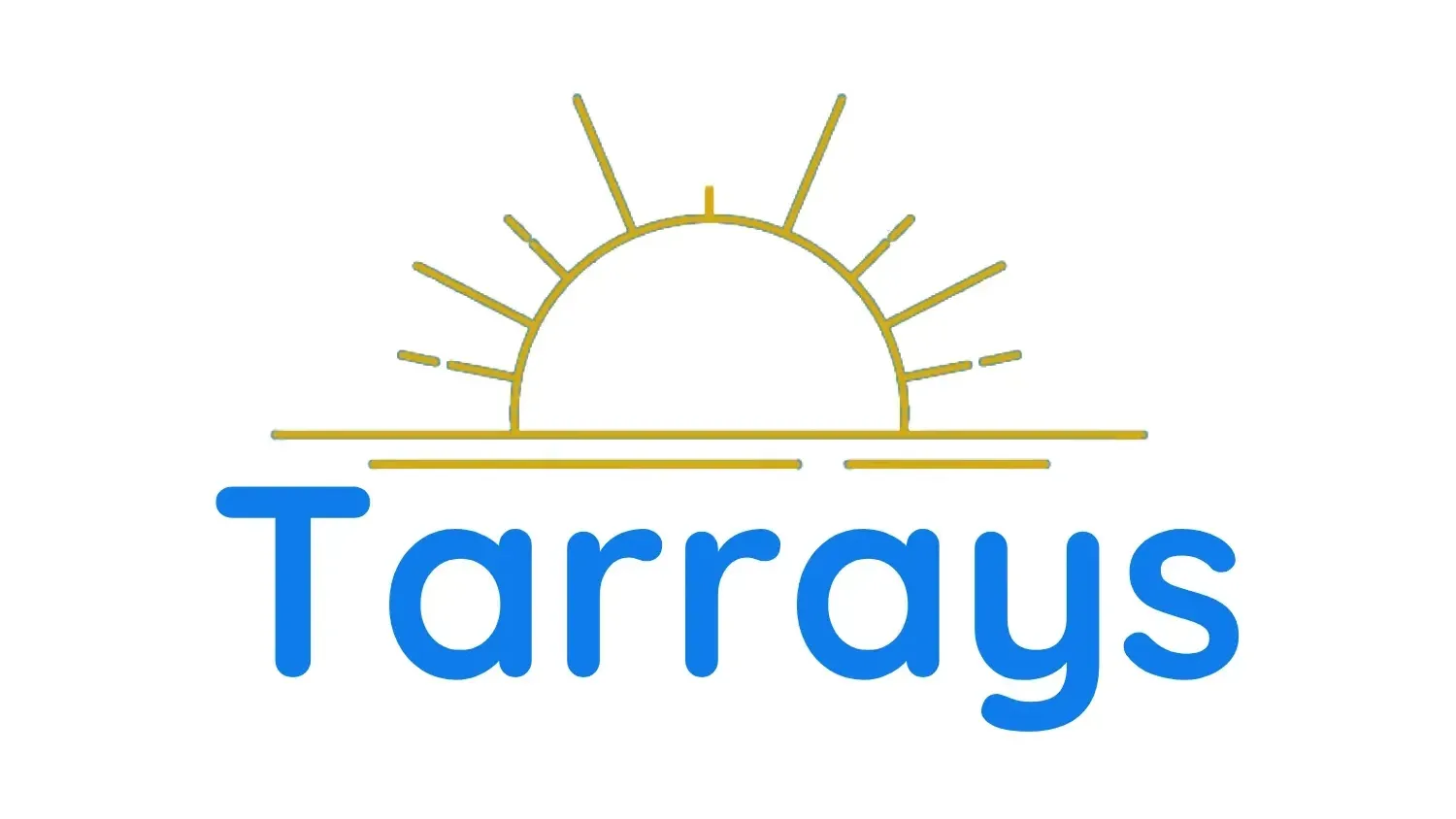Addressing Healthcare Challenges in Aged Care Facilities: Strategies for Improved Patient Outcomes
Addressing Healthcare Challenges in Aged Care Facilities: Strategies for Improved Patient Outcomes
As we delve into the pressing issues facing our elders, it's clear that the challenges in aged care call for immediate and informed attention. My investigation into this sector, influenced by the pivotal findings from the Royal Commission into Aged Care Quality and Safety, has shed light on an array of critical points. With their recommendations in hand, we recognise that the aged care industry in Australia is at a pivotal juncture, fraught with complexities brought on by shifting demographics, staffing crises, stringent government policies, and the relentless march of digital transformation.
In our introductory passage, we will address not only the inherent challenges but also the opportunities that lie within the aged care sector. We have observed firsthand the toll that the COVID-19 pandemic has exacted on global healthcare systems, particularly within aged care facilities; outbreaks and staffing shortages have exacerbated mental health issues, skyrocketed costs, and raised alarms about the adequacy of government support. We also tackle the stark reality that our aged care workforce is facing - battling with job insecurity, demanding roles, and a reduced flow of international recruits owing to pandemic-induced travel constraints.
Moreover, we touch on the necessity for over 130,000 additional full-time workers by 2050 and explore strategic measures to bolster and support our current workforce, emphasising cultural competency and collaborative leadership. The discussion extends to the economic landscape of the aged care industry, scrutinising the Australian National Aged Care Classification (AN-ACC)'s role in funding reform and the urgent need for technology adoption, evidenced by the substantial Federal Budget investment aimed at sector enhancement.
As we venture deeper into this topic, we'll unfold practical strategies to ensure both the well-being of our elders and the sustainability of the aged care industry, navigating through financial imperatives, such as optimisation of GST refunds for retirement village operators, that could lead to significant economic relief.
Together, we'll not only unveil the entrenched challenges in aged care but also present a blueprint for change, reassuring our readers that despite the complexities, there are robust strategies that can pave the way for improved patient outcomes and elevated care experiences. Join me as we embark on this critical exploration, poised to make a meaningful difference in the lives of those who laid the foundations of our society.
Strategies for Optimal Patient Engagement
In tackling the challenges in aged care, I've discovered that an engaged patient is often a healthier one. A proactive approach toward patient involvement can significantly improve not only the quality of care but also overall patient outcomes and the efficiency of healthcare services. In aged care facilities, where patients' needs are complex and nuanced, engaging them can lead to a deeper understanding of these requirements, which, in turn, informs education for both patients and providers, shapes policies, and optimises the delivery of services.
One promising strategy lies in leveraging technology to bridge the engagement gap. For instance, investing in online patient engagement platforms like Relatient offers a twofold benefit. Firstly, it minimises infection risks, a paramount concern amidst the pandemic. Secondly, such platforms facilitate real-time assessments, ensuring that caregivers are promptly informed about patients' health changes. Moreover, these tools allow us to extend engagement proactively to all patients, not only those classified as high-risk, thereby fostering a more inclusive care environment.
Here's a rundown of patient engagement tactics that we're implementing to enhance the aged care industry:
Personalise communications tailored to each patient based on their individual preferences or prescribed treatments. By doing so, we build trust and demonstrate that our commitment to their well-being is personalised and sincere.
Demystify the medical world for our senior patients by simplifying medical terms and jargon. It's essential that they understand their health conditions and treatments to become empowered in their care journey.
Foster a sense of partnership by acknowledging patients and their caregivers as equal stakeholders in the care process. This approach encourages a collaborative spirit and ensures that care plans are more likely to be successful, particularly in reducing hospital readmissions and complications.
It's not just about communicating; it's about co-designing the care experience. By involving patients in the planning process, we align their care with their values and preferences. Key principles of co-design include working together right from the start, promoting equitable partnerships, and consistently measuring and monitoring performance to ensure we're on the right track. The outcome is consumer-centered care, a fundamental shift that improves not only clinical outcomes but also consumer autonomy, contributing to an enhanced organisational performance within the aged care industry.
As we continue to confront the challenges in aged care, these engagement strategies mark a pivotal step towards patient-centric care, an approach that promises to revolutionise the industry and lead to happier, healthier patients in their later years.
Outcomes of Engaging Patients
Building on enhancing patient outcomes within aged care settings, it's paramount to discuss the outcomes of active patient engagement. By taking a collaborative approach to healthcare, we empower our patients to play an integral role in their treatment and disease management. This pivotal process has been demonstrably linked to bolstered adherence to treatment plans and improved overall well-being. Such outcomes align perfectly with our mission to meet the challenges in aged care head-on.
A closer look at patient-reported outcomes reveals that when individuals actively participate in their care, they are more inclined to make educated decisions aligned with their health goals. In essence, engaged patients become co-pilots of their health journey. Here are some of the concrete outcomes we've observed:
Enhanced Healthcare Value: Personalised communication has proven vital in boosting healthcare value. By focusing on the needs and preferences of our patients, we elevate the patient experience and, in turn, their satisfaction levels witness a marked increase.
Cost-Effective Care: Active patient participation mirrors an investment with significant returns which ameliorates the challenges in aged care. For instance, lower hospital re-admissions and less frequent adverse events culminate in optimised resource utilisation, shrinking healthcare costs considerably.
Triumph in Tailored Care: The aged care industry consistently evolves, but our steadfast commitment to consumer-centric care champions effective strategies. One such strategy, the co-led redesign process, harmoniously integrates clinical and patient perspectives, which can pinpoint service gaps and spearhead improvement efforts. This collaboration between patient and provider not only crystallises into fewer adverse events but also motivates better self-management amongst patients, essentially reducing the dependency on healthcare services.
Quality of Care and Mental Health Benefits: By nurturing patient engagement (PE), we not only elevate the quality of care but also significantly enhance the prospects of achieving intended treatment results. Not to be overlooked are the psychological benefits; with a more engaged patient approach, we notice a considerable decline in symptoms of depression and anxiety, setting a precedent for other sectors within the aged care industry to follow.
Empowerment Through Responsibility: Encouraging patients to take a more active role surges their sense of responsibility. This empowerment triggers a domino effect where patients increasingly manage their health, directly impacting adherence to treatment plans. Furthermore, it's paramount for us, as healthcare professionals, to ensure we create time—our most precious commodity—for patient engagement, therefore securing a superior patient experience.
Lastly, the global acknowledgment of patient engagement as a core quality indicator underscores its significance. Tailored surveys can spotlight areas requiring advancement, allowing us to make organisational decisions that can substantially uplift the quality of healthcare, holding both the industry and its professionals accountable.
Patients’ Experiences of Being Engaged
Delving into the heart of the matter, the very individuals we aim to empower through patient engagement initiatives have voiced their experiences, providing invaluable insights into the efficacy of such strategies in overcoming challenges in aged care. I've been privileged to hear directly from patients, and their narratives echo the diverse impacts of how feeling integral to the healthcare process can shape their journey towards better health outcomes.
It’s clear that when elderly patients are included in the health services design, delivery, and evaluation, monumental shifts occur. This participatory approach has been evidenced to enhance the quality of care, reduce unnecessary hospital admissions, and spotlight a road map for service efficiency improvements. Most poignantly, it fosters an enrichment in patients' quality of life. This underscores our commitment in the aged care industry to not merely provide care but also cultivate a nurturing environment where our elder citizens thrive.
However, a salient point was raised by patients: while many relished the opportunity to engage, a subset felt their involvement was superficial, a mere semblance of genuine integration. This feedback is a stark reminder of the ongoing challenges in aged care and the need for deeper, more substantive patient inclusion. It’s our obligation to pivot from tokenistic participation to meaningful engagement, ensuring the voices and preferences of our elderly patients shape the future of the services we offer.
A poignant study focusing on patient engagement post-hip fracture in aged care facilities laid bare a dual reality: while many patients successfully resumed activities or adapted new routines, others were left beleaguered by a sense of permanent loss in functional ability. Such findings spotlight the critical role of patient engagement in rehabilitative strategies—particularly physical activity—to bolster a return to autonomy and mitigate the loss of function. Furthermore, it reinforces our necessity to consider individual patient narratives while formulating care plans, rather than subscribing to a one-size-fits-all approach.
As we continue to iron out the complexities inherent to the challenges in aged care, it’s heartening to witness the alignment of patient experiences with our stride towards a reformed, more responsive aged care industry where each individual holds the power to not just exist but significantly influence their care experience.
Conclusion
In summarising the central themes of this article, it is clear that the aged care industry stands at a crucial intersection, facing multifaceted challenges that range from staffing crises to the integration of advanced technologies. The strategies we have discussed, including workforce expansion, patient-centered engagement, and policy reform, all contribute toward a re-envisioned future in which aged care is at once more efficient and more humane. By wholeheartedly embracing these approaches, we have the ability to profoundly reshape the care experience for our elders, ensuring that they receive the respect, compassion, and quality they deserve.
The journey through this article underscores the power and necessity of active patient engagement in driving better outcomes within aged care facilities. With the experiences of our seniors at the helm, providers and policymakers alike are armed with the insight required to foster empathetic, empowering environments where the elderly can thrive. As we conclude, let us reiterate our commitment to reinforcing these principles and continuing the pursuit of excellence in elder care, not only fulfilling the expectations of an ageing population but exceeding them, for the betterment of our communities and the enrichment of societal values.












